We are delighted to welcome Dr Yamuna Krishnan as a new Associate Editor for Nanoscale.

Dr Krishnan is a Reader at the National Center for Biological Sciences (NCBS), Bangalore, India. Her research involves understanding the structure and dynamics of unusual forms of DNA and translating this knowledge to create DNA-based nanodevices for applications in bionanotechnology.
Dr Krishnan obtained her BSc in chemistry from the University of Madras, and graduated with a PhD in organic chemistry from the Indian Institute of Science, Bangalore. Between 2001 and 2004 she was a research fellow at the University of Cambridge, UK, before taking up a position as a Fellow (Assistant Professor equivalent) at NCBS. In 2002 she was awarded the prestigious 1851 Research Fellowship award.
Dr Krishnan will be handling papers soon and so we encourage you to submit to her editorial office.
We have collected together some recent articles in Dr Krishnan’s exciting research fields, with a selection available to read for free for a limited period:
Reviews
FREE: Nanostructure-induced DNA Condensation
Ting Zhou, Axel Llizo, Chen Wang, Guiying Xu and Yanlian Yang
DOI: 10.1039/C3NR01630G
FREE: Cholesterol – a biological compound as a building block in bionanotechnology
Leticia Hosta-Rigau, Yan Zhang, Boon M. Teo, Almar Postma and Brigitte Städler
DOI: 10.1039/C2NR32923A
FREE: Gold nanoparticles: preparation, properties, and applications in bionanotechnology
Yi-Cheun Yeh, Brian Creran and Vincent M. Rotello
DOI: 10.1039/C1NR11188D
FREE: The interplay between carbon nanomaterials and amyloid fibrils in bio-nanotechnology
Chaoxu Li and Raffaele Mezzenga
DOI: 10.1039/C3NR01644G
FREE: Nano–bio effects: interaction of nanomaterials with cells
Liang-Chien Cheng, Xiumei Jiang, Jing Wang, Chunying Chen and Ru-Shi Liu
DOI: 10.1039/C3NR34276J
FREE: Bio-inspired magnetic swimming microrobots for biomedical applications
Kathrin E. Peyer, Li Zhang and Bradley J. Nelson
DOI: 10.1039/C2NR32554C
Original research
Chain relaxation dynamics of DNA adsorbing at a solid–liquid interface
Willem Vanderlinden and Steven De Feyter
DOI: 10.1039/C3NR34231J
Improving the understanding of oligonucleotide–nanoparticle conjugates using DNA-binding fluorophores
Luca Guerrini, Lee Barrett, Jennifer A. Dougan, Karen Faulds and Duncan Graham
DOI: 10.1039/C3NR01197F
Reversible Switches of DNA Nanostructures between “Close” and “Open” and Its Biosensing Applications
Qinglin Sheng, Ruixiao Liu, Jianbin Zheng and Junjie Zhu
DOI: 10.1039/C3NR01576A
Assessment of DNA complexation onto polyelectrolyte-coated magnetic silica nanoparticles
Ana B. Dávila-Ibáñez, Niklaas J. Buurma and Verónica Salgueiriño
DOI: 10.1039/C3NR34358H
Self-assembled magnetic theranostic nanoparticles for highly sensitive MRI of minicircle DNA delivery
Qian Wan, Lisi Xie, Lin Gao, Zhiyong Wang, Xiang Nan, Hulong Lei, Xiaojing Long, Zhi-Ying Chen, Cheng-Yi He, Gang Liu, Xin Liu and Bensheng Qiu
DOI: 10.1039/C2NR32438E
M1.3 – a small scaffold for DNA origami
Hassan Said, Verena J. Schüller, Fabian J. Eber, Christina Wege, Tim Liedl and Clemens Richert
DOI: 10.1039/C2NR32393A
Regulating DNA translocation through functionalized soft nanopores
Li-Hsien Yeh, Mingkan Zhang, Shizhi Qian and Jyh-Ping Hsu
DOI: 10.1039/C2NR30102D
Functional self-assembled DNA nanostructures for molecular recognition
Xiaojuan Zhang and Vamsi K. Yadavalli
DOI: 10.1039/C2NR11711H
Polyvalent DNA–graphene nanosheets “click” conjugates
Zihao Wang, Zhilei Ge, Xiaoxue Zheng, Nan Chen, Cheng Peng, Chunhai Fan and Qing Huang
DOI: 10.1039/C1NR11174D
Polycations-functionalized water-soluble gold nanoclusters: a potential platform for simultaneous enhanced gene delivery and cell imaging
Yu Tao, Zhenhua Li, Enguo Ju, Jinsong Ren and Xiaogang Qu
DOI: 10.1039/C3NR01326J
Singlet oxygen plays a key role in the toxicity and DNA damage caused by nanometric TiO2 in human keratinocytes
Ivana Fenoglio, Jessica Ponti, Elisa Alloa, Mara Ghiazza, Ingrid Corazzari, Robin Capomaccio, Diana Rembges, Simonetta Oliaro-Bosso and François Rossi
DOI: 10.1039/C3NR01191G
Atomic force microscopy reveals two phases in single stranded DNA self-assembled monolayers
Priscila Monteiro Kosaka, Sheila Gonzalez, Carmen Martinez, Alfonso Cebollada, Alvaro San Paulo, Montserrat Calleja and Javier Tamayo
DOI: 10.1039/C3NR01186K
To read more exciting research articles visit our Nanoscale website and our blog. You can also follow us on Facebook and Twitter.


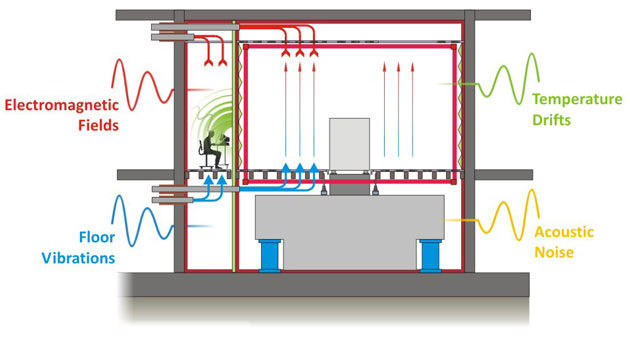









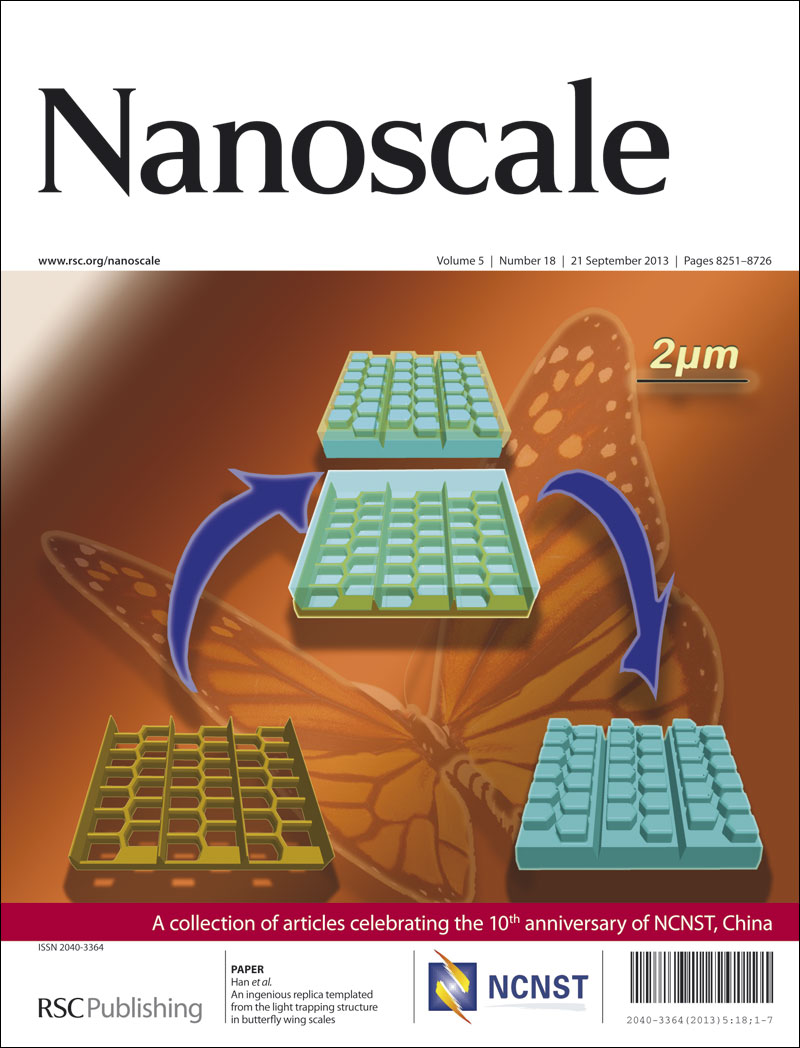

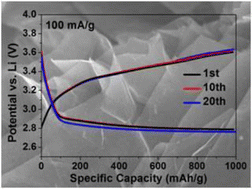
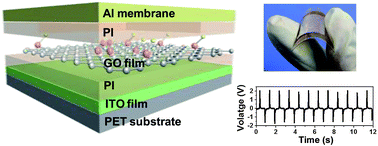
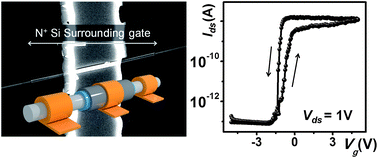
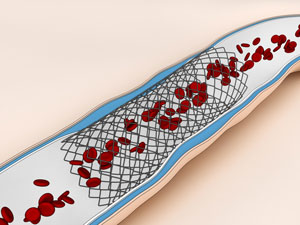
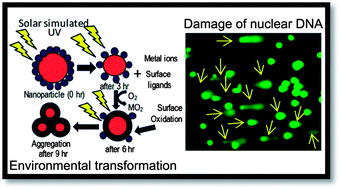 To evaluate the toxicity, the researchers induce the breakdown of the nanomaterials by exposing them to simulated solar UV light. This releases Cd2+ and Zn2+ ions for the QDs and NPs, respectively, which were then detected by measuring the quenching of the fluorescence signal in the presence of tetrakis (4-carboxyphenyl) porphyrin (TCPP) or by measuring the enhancement of the fluorescence signal in the presence of the commercial Measure iT Pd/Cd sensor.
To evaluate the toxicity, the researchers induce the breakdown of the nanomaterials by exposing them to simulated solar UV light. This releases Cd2+ and Zn2+ ions for the QDs and NPs, respectively, which were then detected by measuring the quenching of the fluorescence signal in the presence of tetrakis (4-carboxyphenyl) porphyrin (TCPP) or by measuring the enhancement of the fluorescence signal in the presence of the commercial Measure iT Pd/Cd sensor.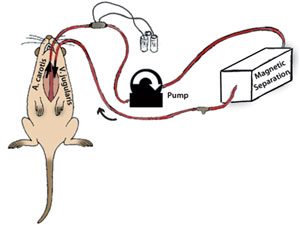
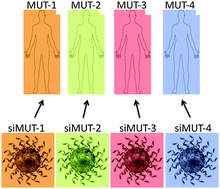 We are pleased to present
We are pleased to present 
